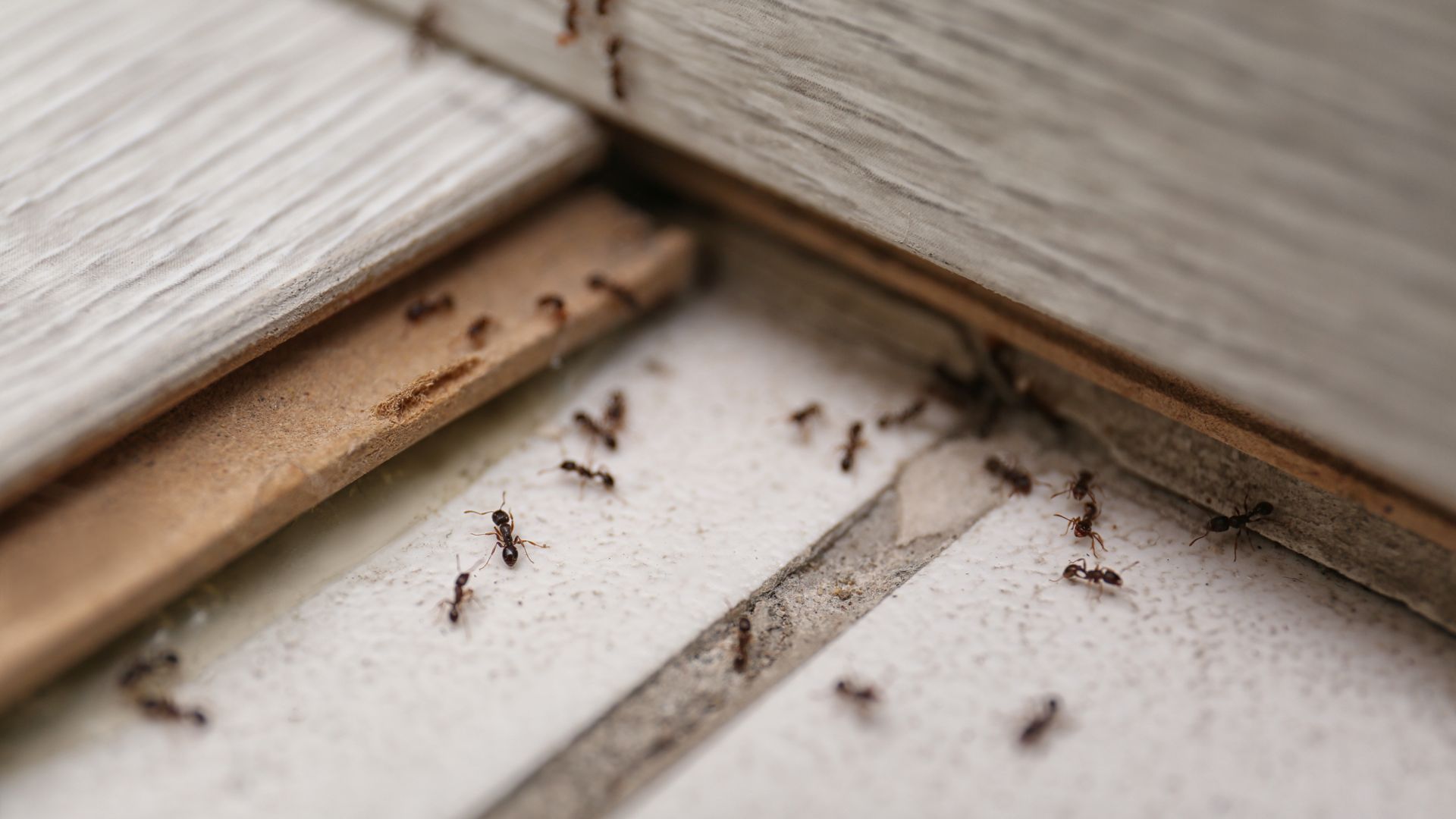When it comes to scary pests, the ones that pop into mind tend to be those that can cause us direct physical harm. In truth, many of these pests, like bees, can be a boon for our environment. That doesn’t mean you want to risk their stings, which can even be fatal to some people. Learning how to keep bees from forming colonies in your yard will help you reduce your risk of being stung.
Is It A Bee Or Something Else?
First, you need to be able to tell if the pest you’re looking at is even a bee at all. Bees are just one kind of wasp, which is a term used to describe all kinds of stinging insects. Bees tend to be some of the least aggressive wasps, while things like hornets and yellow jackets tend to be much more prone to stinging people and animals. So, in the interest of knowing how serious a pest infestation in your yard may be, here are some key traits to look for:
- Color: Many kinds of wasp are black and yellow, with striped bodies. But many kinds of hornets don’t share this coloration.
- Fuzz: Honeybees and bumblebees, which exclusively eat pollen, have fuzzier bodies to help the pollen stick to them. Hornets and yellow jackets are less furry and often lack these hairs altogether.
- Behavior: Unfortunately, you’re not likely to see a wasp sitting still long enough to make out these features. If you notice that a population of insects is especially prone to stinging, there’s a good chance they aren’t bees. Bees die shortly after using their rear barbs which makes them more reluctant to sting.
Stinging Pests Are A Mixed Bag
Most people understand that bees are crucial pollinators. The decline of global bee populations has even limited the global food supply. A world without bees is far more dangerous than one with them. That said, for some people, an encounter with a bee can be life-threatening. Indeed, all kinds of stinging pests can lead to larger dangers for people who may be allergic to their venom. This is why we must take pains to keep bees’ territories from overlapping with our own. Out in nature, they are undoubtedly important. In our backyards, they can be a health hazard.
Honeybee Prevention Tips
To that end, it’s important to know what we can each do individually to decrease the likelihood of a beehive on our properties. Here are some useful steps to consider:
- Landscaping: Bees prefer trees and bushes with lots of shade cover, so keeping your plants trimmed will decrease the areas where they can build nests.
- Water: Bees aren’t just attracted by flowering plants, they also need water. Excess moisture around your yard, or water features that are effectively standing water sources, are magnets for pest activity.
- Treatments: The only guaranteed way to keep invasive pests out of your yard is with seasonal treatments by pest professionals. Learn more by contacting Anderson Pest Control.
Stay Safe With Professional Protection
With the very real risks to your safety, it’s best to leave existing bee populations to the experts. If you already have a population of stinging pests in your yard, contact Anderson Pest Control right away. We can safely and effectively remove the bees and make sure your yard stays safe for all who use it. Not only can we remove problems as they happen, but we can also prevent them from ever forming in the first place with periodic treatments of your property. For real protection from bees, call Anderson Pest Control today.

